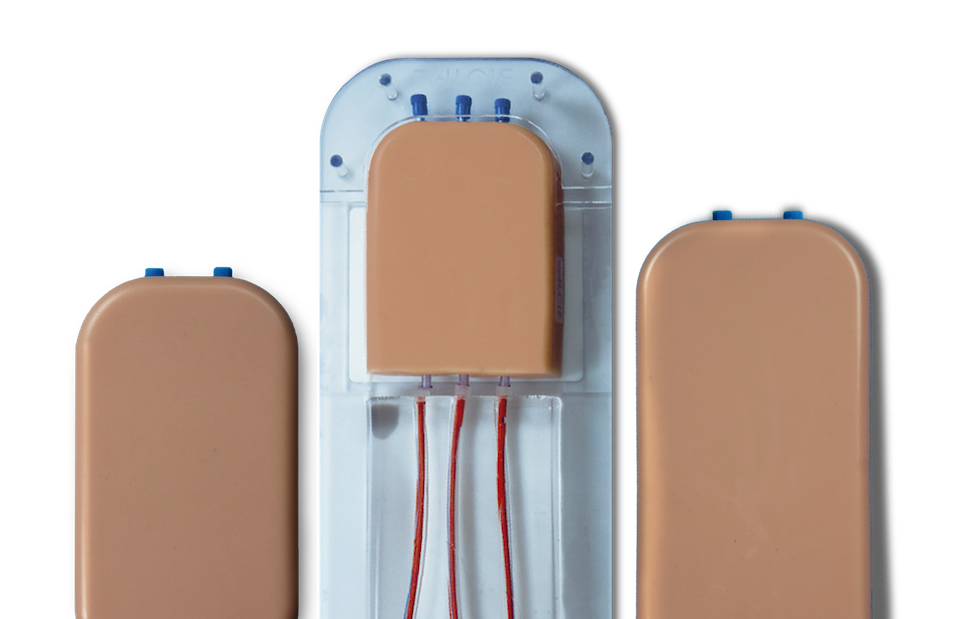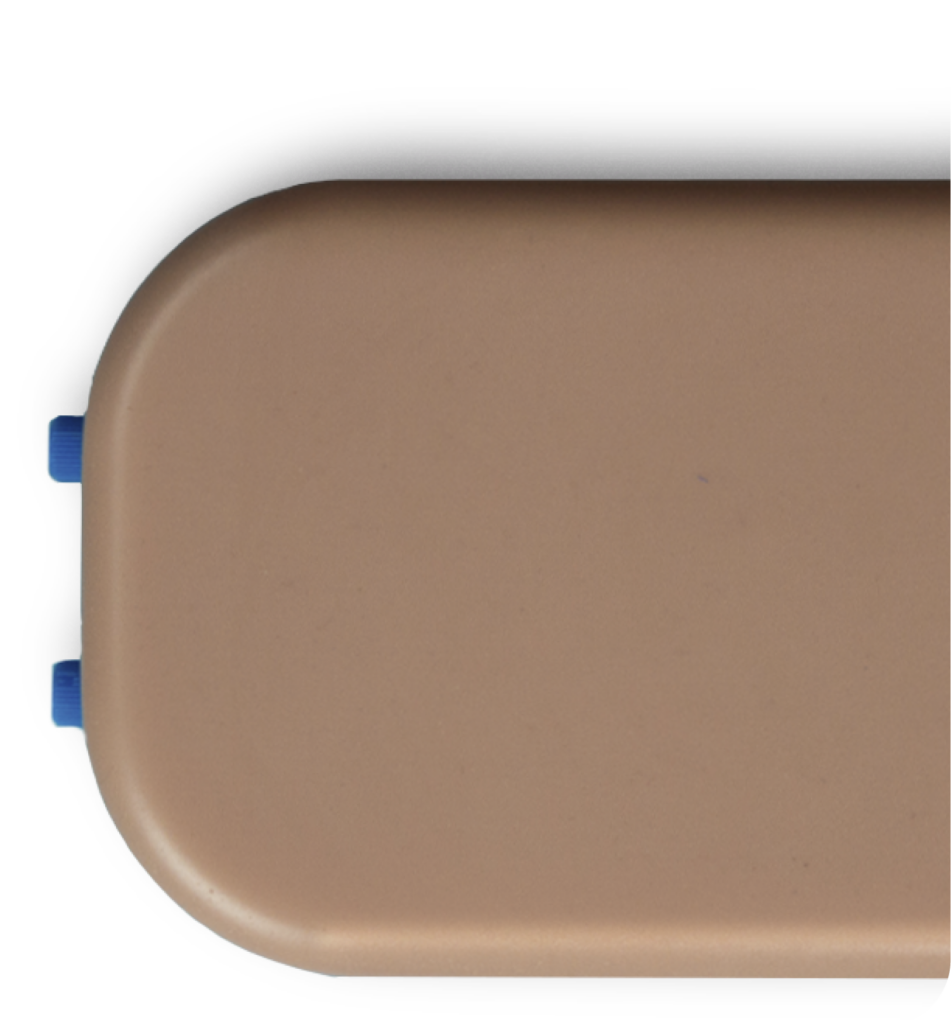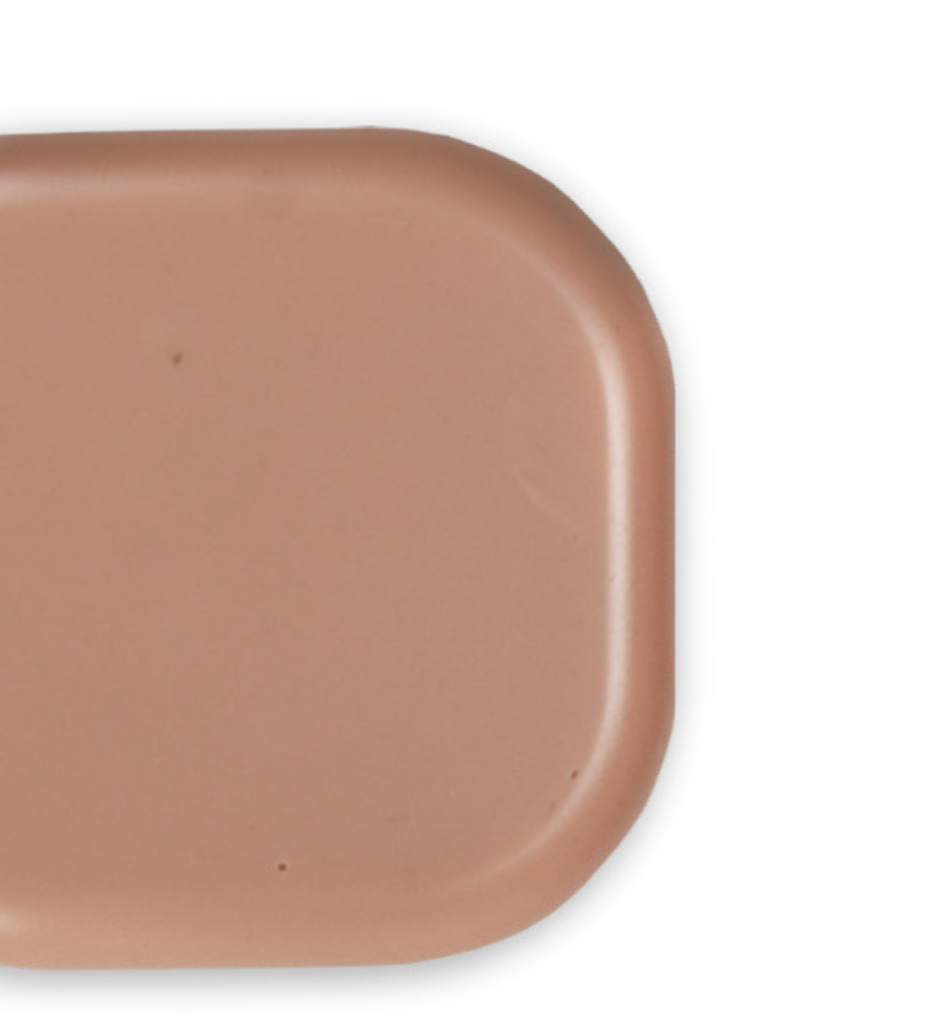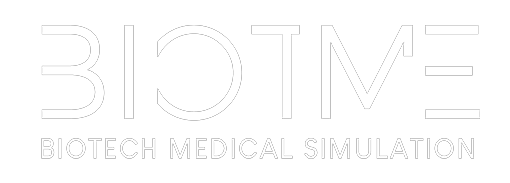UNSTOPPABLE DEVELOPMENT
BIOTECH MEDICAL SIMULATION S.L. has several lines of development, supported by different research teams. We are focused on offering the market medical simulators for increasingly advanced techniques, researching with other materials that complement our BIOTME® gel, a non-aqueous material based on mineral oil, it is rot-proof, does not dry out and depending on its composition can have different physical-chemical properties. We have several utility models plus another two that are in the process of being processed by the SPTO. In collaboration with the University of Extremadura (UEx), reference hospitals and other research centres, we have established different agreements for the creation of specific simulators and trainers for specialised tasks (task-trainers).

The material that gives our simulators their unique characteristics is a self-developed synthetic gel that guarantees the greatest functional realism that can be offered, being faithful not only in touch and feel to the human body, but also in the responses of ultrasound and radiological equipment.
BIOTME® gel is inherently endowed with the following properties:
It is echogenic, providing excellent ultrasound images. It is possible to manufacture the gel with different echogenicity to simulate different parts of the body.
It has haptic qualities, which have been provided to simulate any human tissue.
With BIOTME® gel, anatomical models have been developed that are compatible with various visualisation techniques (ECO, CT, X-ray). The addition of additives at different concentrations allows us to vary the acoustic impedance index in a way that simulates the spectrum of anatomical tissues.
We are developing prototypes in a medical field of current relevance and demand, which is that of aesthetic medicine. We have a stomach prototype for high end endoscopic practices that we will soon offer to the market for stomach reduction interventions by means of gastric balloon or the Apollo® method, and interventions of various types of lesions.


We have the need to produce high fidelity simulators to complement our range of simulators. For this it is necessary to complement the manufacturing systems we have. We are in line to offer simulators for complex interventions on organs of the human body, for which we need to manufacture complex structures that are currently difficult for us or we will have to outsource them.
Our philosophy is not to depend on third parties for activities that are vital to our company.
For this reason we started to develop a 3D printer for our gel. Although there are printers on the market that are capable of reproducing complex body parts, they do so with silicone or other materials that are not echogenic, so neither the printed organs nor their posteriors are visible.
With our gel, this problem is solved. It will be a complex solution, but although we started development in mid-2022, we believe it will be finished by mid-2024.
The development is being done in collaboration with the GEMA research group of the II. II. of the University of Extremadura.
A significant percentage of wheelchair users can walk, or can stand with caution or with other aids such as crutches. Getting into a bipedal position requires an effort that sometimes makes these users need the help of a third person. Although there are solutions to this problem on the market, the solutions are not very efficient or are very expensive.
At BIOTME we intend to develop a device that can be assembled to standard chairs to make the action of getting up from a wheelchair easy and safe.


Despite the continuous advances in medicine, open vascular surgery is still necessary today in many types of interventions. At BIOTME we intend to develop an anatomical simulator for carotid endarterectomy practices, a type of surgical intervention that consists of removing the plaque that is damaging or causing thickening in the carotid artery.
This is one of the most common cardiovascular interventions nowadays and, therefore, it is necessary for healthcare professionals to be able to practice this technique before facing a real surgery, as medical errors that jeopardise patient safety cannot be allowed in this type of surgical approach.

ANATOMICAL MEDICAL TRAINING SIMULATORS
BIOTECH MEDICAL SIMULATION S.L.
Mondays to Thursdays:
9.00 – 14.00 h / 16.00 – 19.00 h
Friday:
8.00 – 15.00 h
( GMT +2)
© BIOTECH MEDICAL SIMULATION S.L. Todos los derechos reservados.